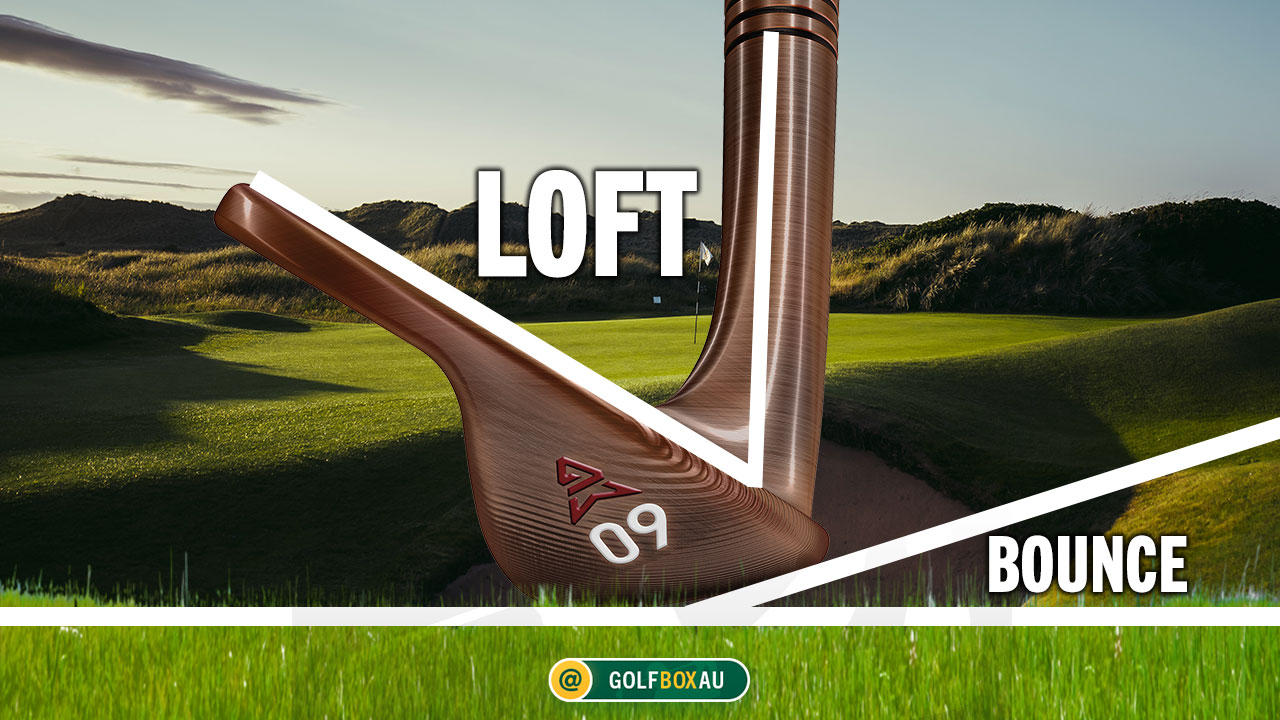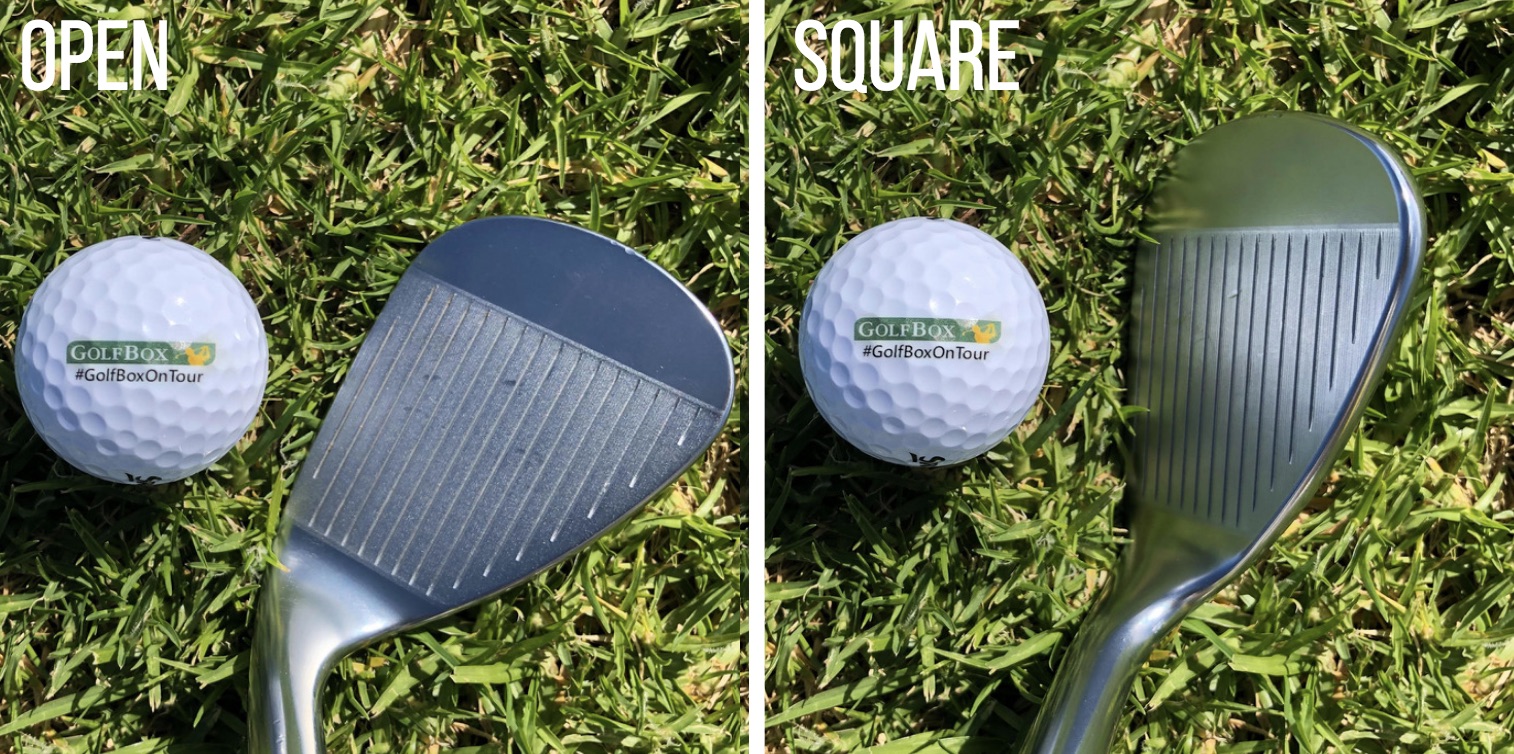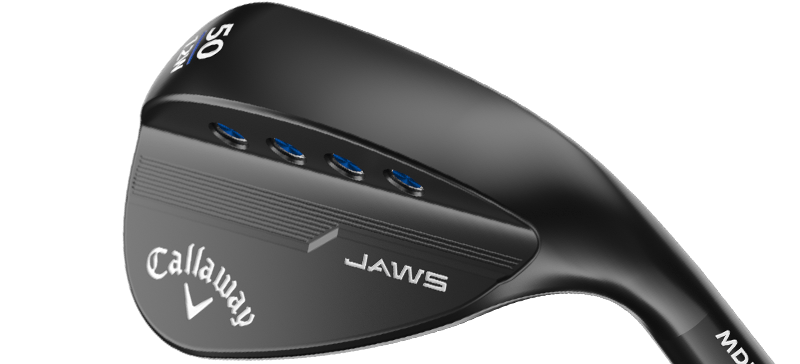Choosing the correct wedge bounce and grind? FAQ
Posted by GolfBox on 9th Sep 2019
With most golfers carrying at least three wedges in their bag, it makes sense to gain an understanding of how they perform so differently after a bit of nip and tuck in the factory.
If you are clueless when it comes to wedge grinds and bounces and need the inside running on how they can improve your wedge game, read below.
My wedge play feels like a bit of a grind, but can you tell me what a wedge grind is referring to?
A grind is the contouring around the sole, heel and toe areas of a wedge. A grind can vary the width and camber of the sole.

So how is a grind good for my golf game?
Along with the bounce of the wedge, the grind will influence how the leading edge sits on the ground at address and how it behaves through impact. Grind and bounce characteristics can dramatically affect the feel, dynamics and subsequent performance of a wedge.
Grinds sound good for the sole, but what is bounce?
On the majority of wedges, the trailing edge of the sole is always lower than the leading edge. Bounce is simply the angle between the leading edge of the wedge and the lowest point on the trailing edge of the sole.
Righto, so can bounce make up for my lack of talent?
Bounce can provide a level of forgiveness by stopping the leading edge from digging in and grabbing the turf too much, instead "bouncing" the club through the turf. Bounce is also intertwined with sole grinds and loft - a grind that changes the sole camber or takes relief out of the heel or toe will alter the bounce and loft significantly.
How do I know what the bounce angle of a wedge is?
The bounce angle is the number that comes after the loft of the wedge. For example, if a wedge has 60/8 printed on the sole, it means the wedge has 60 degrees of loft and eight degrees of bounce.
Is the grind printed somewhere on the wedge too?
Yes, usually on the back or hosel of the wedge. But bear in mind there is no industry standard to categorise grinds - each manufacturer names their grinds whatever they feel like.
My chipping and wedge game is so bad it could feature on the comedy channel. Is a different grind and bounce combination the answer?
It won’t be the cure-all you’re seeking, but some shots will become a lot easier to play once the right wedge is in your mitts. You will still have to deliver the club consistently, but grinds can help you stop chunking your wedges, produce consistent clubhead speed and spin rates, make bunker shots easier and add some new shots to your repertoire around the greens.
Is more bounce better for wedges?
A golfer that plays in wetter conditions and has a steeper angle of attack would benefit with a greater bounce degree. However, a player that tends to sweep the ball (shallow angle of attack) and hardly takes a divot would gain improved spin, control and contact with a lower wedge bounce.
How much bounce should a sand wedge have?
Depending on the amount of sand and its density, a higher bounce would assist with escaping a greenside bunker due to its ability to prevent deceleration at impact. The higher the bounce, the more likely the wedge will slide through the sand - maintaining club head speed.
OK, How do you choose a bounce on a wedge?
There are a few variables to consider before deciding on a grind and bounce for your wedge:
1. What course conditions to you usually play on?
SOFT
If the ground is spongy and the bunkers fluffy, a high bounce wedge with a wide and forgiving cambered sole grind will make bunker shots simple while guarding against chunky strikes on the fairway and around the greens.
Wedge for the Job: Callaway Jaws Raw W-grind or Callaway Jaws Raw X-grind

FIRM
Hard fairways and coarse bunkers need the low bounce and short, flat grind treatment so you can nip the ball off the short grass and dig your way out of the bunkers effectively.
Wedge for the Job: Callaway Jaws Raw C-grind or Callaway Jaws Raw W-Grind (Low Bounce)

A BIT OF BOTH
Not sure? Then try one of the more versatile wedges that have a medium-width sole with a small grind along the trailing edge. It'll get the job done in most conditions.
Wedge for the Job: Callaway Jaws Raw S-grind.

2. What's your angle of attack into the golf ball?
Identifying your of attack has a huge impact on deciding which wedge bounce and grinds is correct for your game. Are you steep into the ball, taking a big divot and digging into the ground? Or do you hardly take a divot and sweep into the ball?

DIGGER
If you take deep, dinner plate-sized divots you’re definitely a digger - and the bane of a course superintendent. Look for a high bounce (10-14 degrees) wedge with a cambered sole that is wide at the centre and tapers off toward the trailing edge. This will balance out your steep angle of attack into the ball and level the wedge out through the turf to stop it getting too deep and funky.
Wedge for the Job: Callaway Jaws Raw W-grind

SWEEPER
If you tend to brush the turf rather than send a divot flying forward, then grab a broom - you’re a sweeper. A low bounce wedge (4-6 degrees) with a flat grind will get the leading edge spot-on through impact, so you can precisely pick the ball off the turf.
Wedge for the Job: Callaway Jaws Raw C-grind or Callaway Jaws Raw W-Grind (Low Bounce)

NEUTRAL
If you’re somewhere in the middle of those two categories - your divots aren't too heavy, and aren't too light - you fall into the neutral category, also known as the Switzerland of attack angles. Try a grind that has a bit of relief out of the trailing edge - not an aggressive grind - but just enough for a bit of forgiveness, and a medium bounce (7-10 degrees). These types of wedges are the most versatile; good for full approach shots, bunker shots and for chipping and pitching around the green.
Wedges for the Job: Callaway Jaws Raw C-grind or Callaway Jaws Raw X-grind.

3. Do you open the face up around the greens or do you keep it square?
 `
`
OPEN
A narrow grind that has relief out of the heel and toe area will allow the face to open or shut without the leading edge coming off the ground. This grind is ideal for high loft, high bounce options and is a top choice for lob wedges and for floating it up in the ether around the greens.
Wedges for the Job: Callaway Jaws Raw C-grind or Callaway Jaws Raw X-grind.

SQUARE
If you're not manipulating the clubface, you need a kind grind to give your square some flair: a wider sole and a grind that doesn't take so much material out of the heel or toe area. Now your wedge will have the edge and you can tame your game... OK that's enough.
Wedges for the Job: Callaway Jaws Raw W-grind or Callaway Jaws Raw S-grind.

What if I’m a sweeper who plays on soft courses, or a digger who plays on hard goat tracks?
If in doubt, go for one of the more versatile grinds. You’ll get the best of both worlds, while not sacrificing one particular characteristic over another.
Hmmm... so it sounds like grinds and bounces are worth considering?
Yes, they will help your game. Some golfers even rotate wedges with different bounces and grinds in and out of their bag depending on the conditions.
Will a different grind and bounce help when I shank my wedges?
Unfortunately no.
What about an air shot?
Umm... we're done here.

